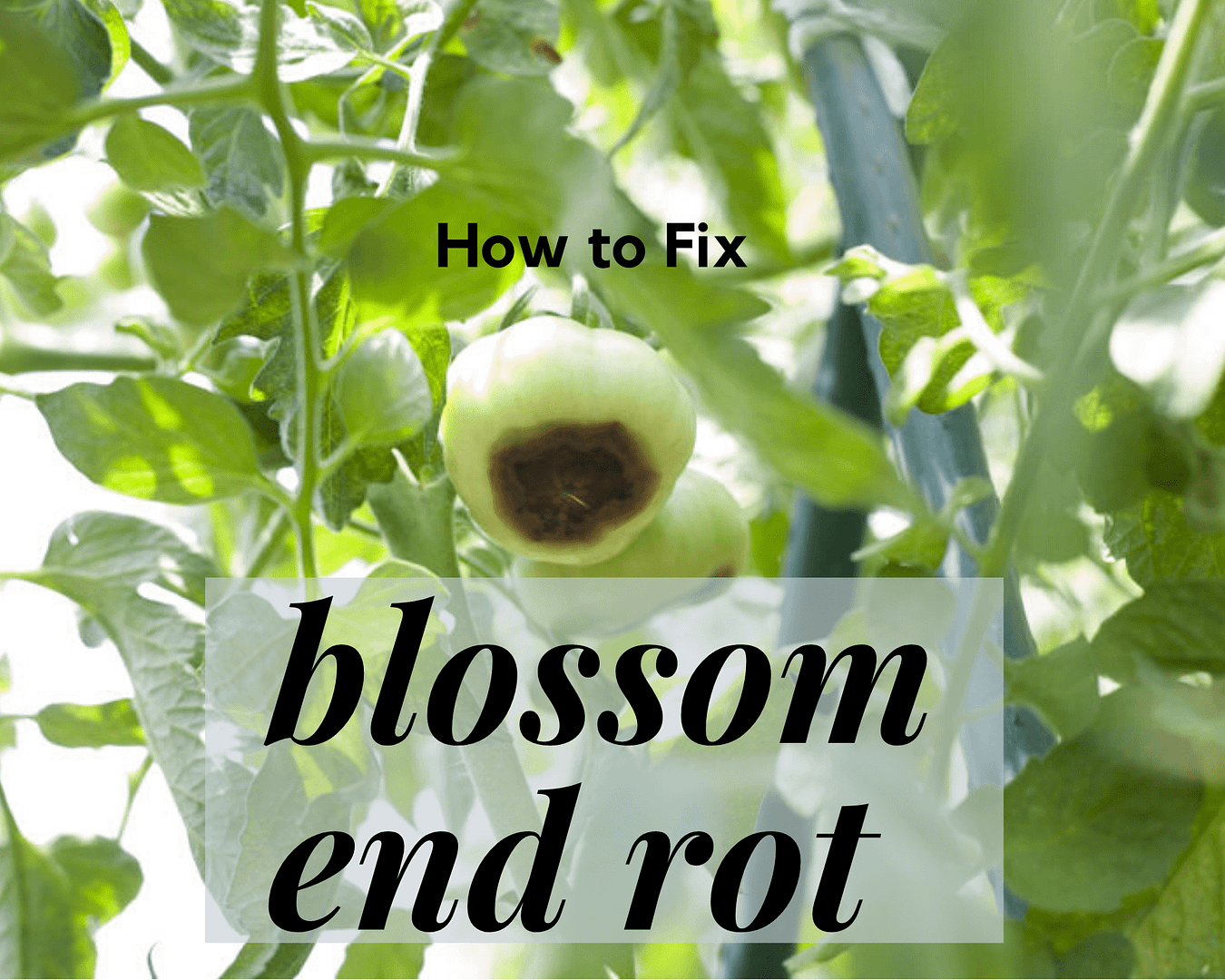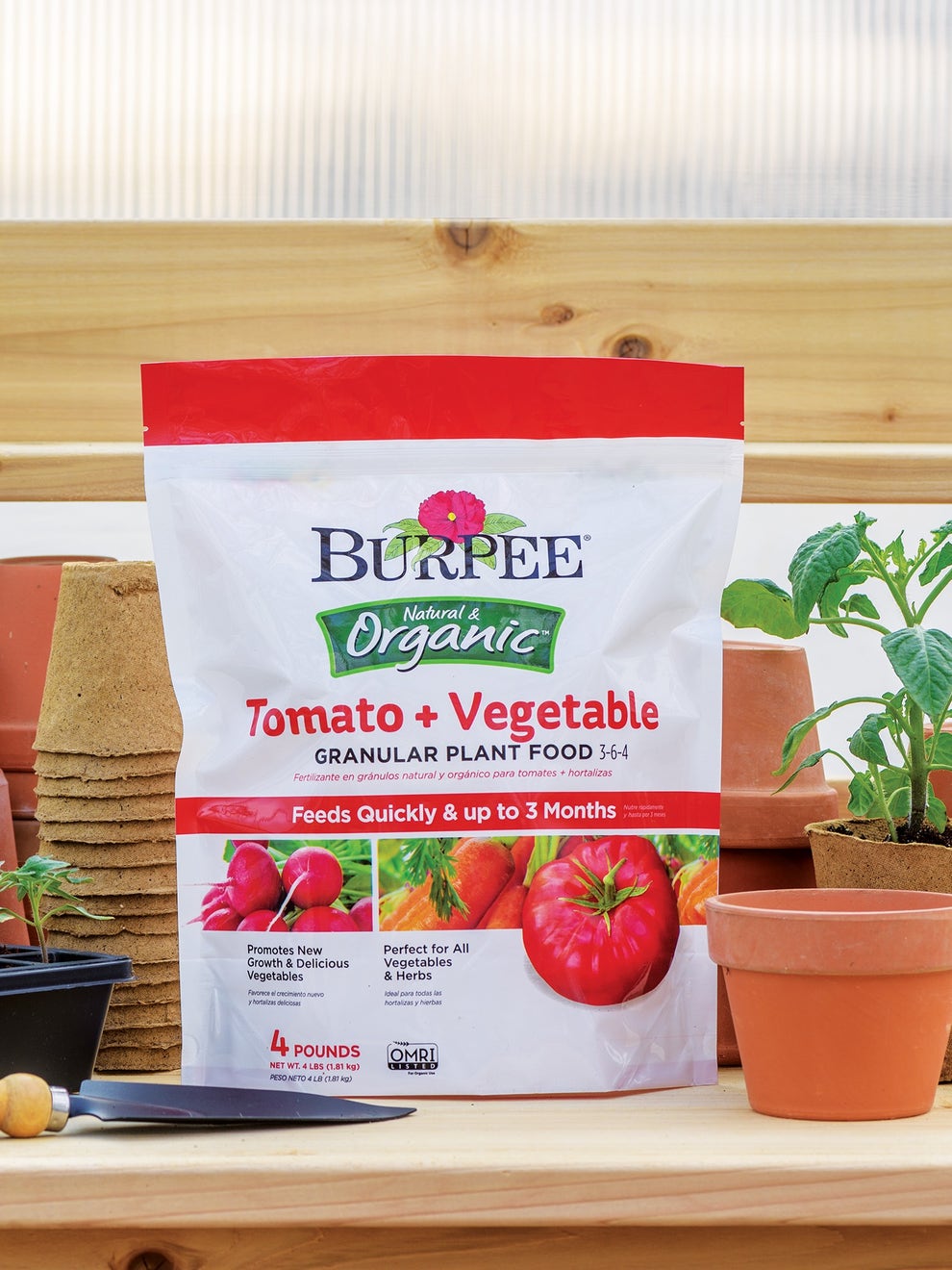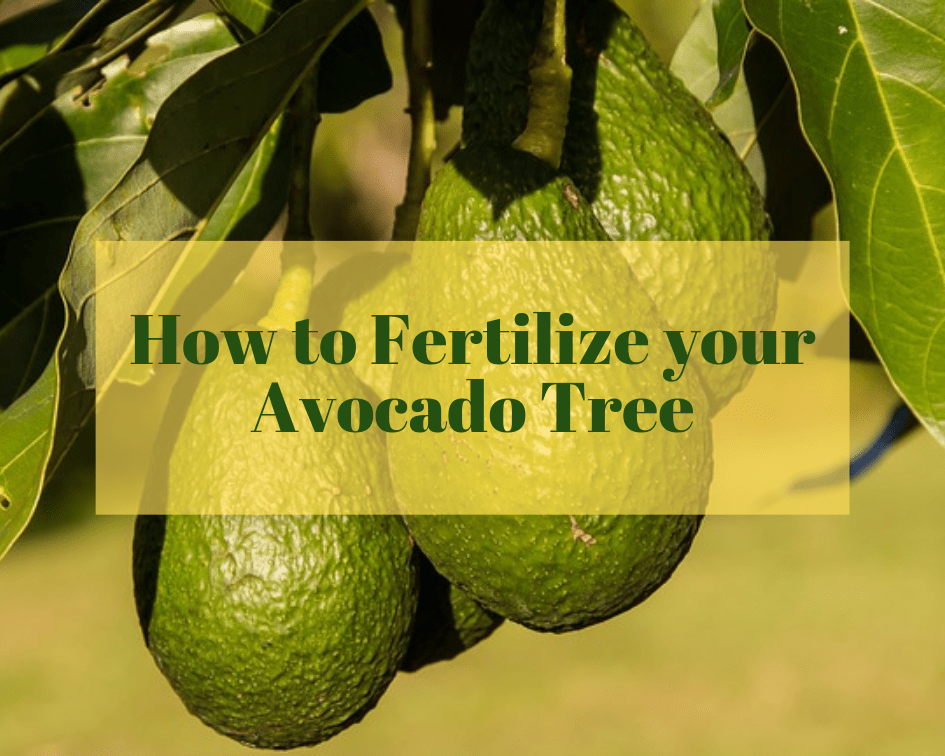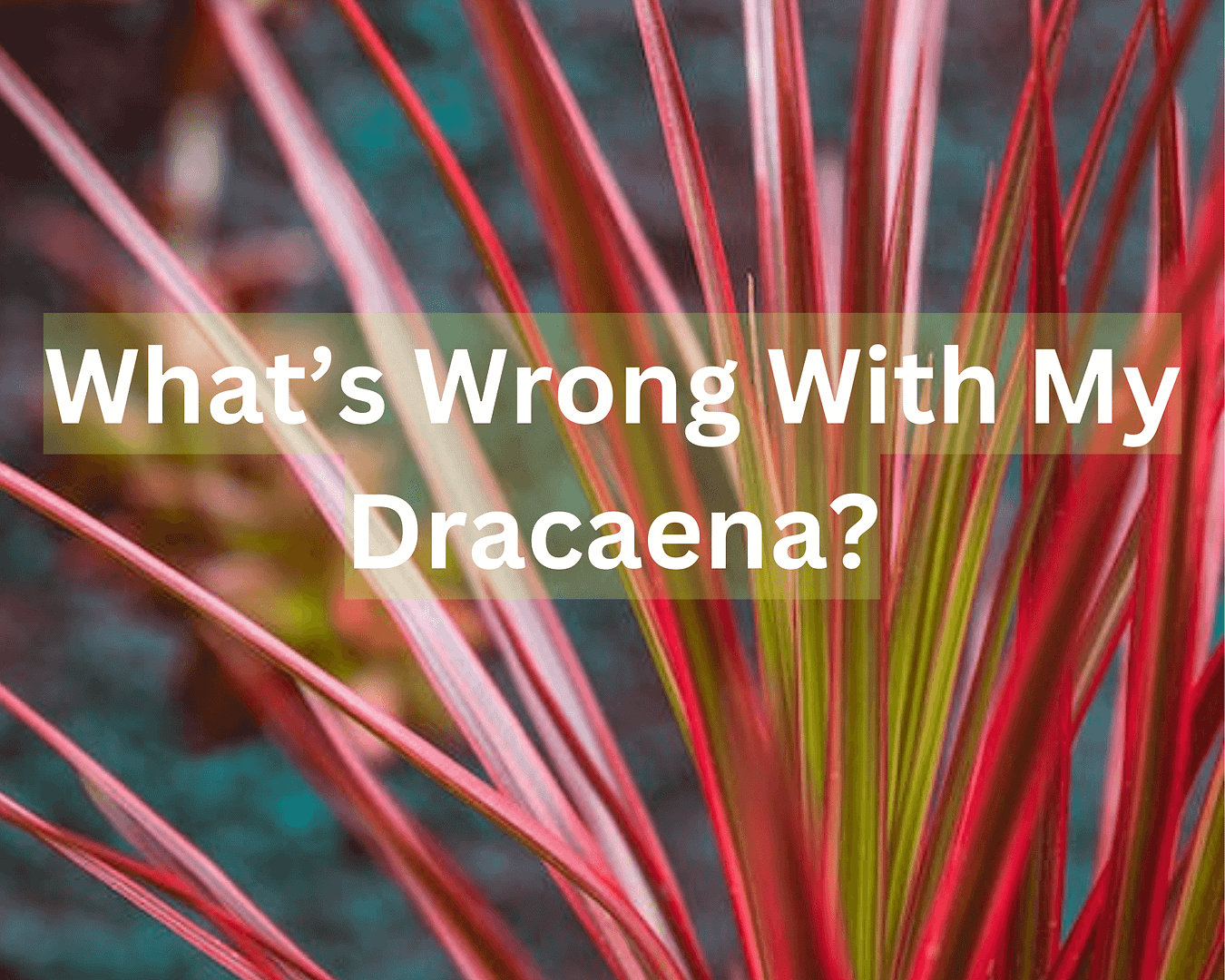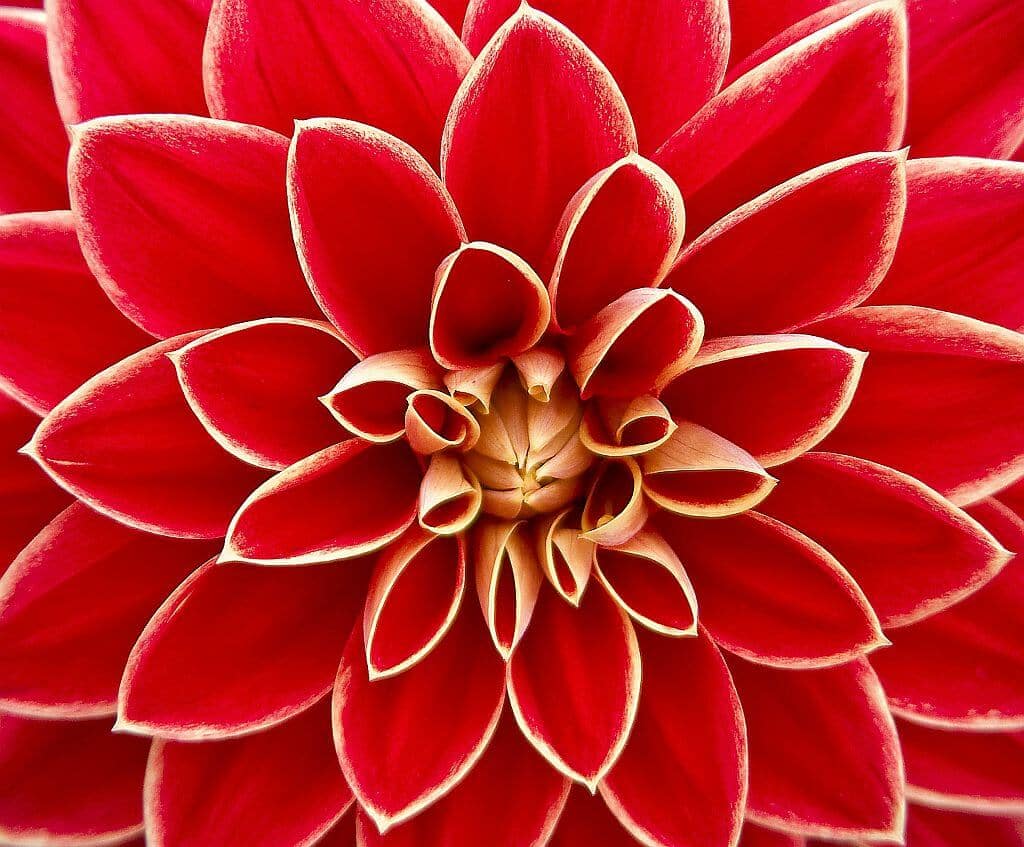This post may contain affiliate links. As an Amazon Associate we earn from qualifying purchases.
Frustrated by not knowing how to fix blossom end rot on your tomatoes? Read on.
If you grow peppers, tomatoes, squash and even some types of melons, you may have been subjected to the curse of blossom end rot (BER). It’s a plant disorder that is quite common at this time of year.
Facebook gardening groups are full of folks seeking information on how to cure tomato BER, pepper BER and zucchini BER. Thankfully, the prevention, cure, and other items of interest are identical for each plant.
Most of what the Facebook and Youtube gardeners suggest, however, is downright wrong and some of it is dangerous. Ever the myth-busters, we here at Gardenologist want to set the record straight on the causes and cures of blossom-end rot.
Supplies you’ll need to fix blossom end rot on tomatoes
- Soil test (for calcium)
- Mulch
- Shade cloth
- Fertilizer (10-30-20)
How to prevent blossom end rot
- Wait until the soil warms to plant your seeds or starts
- Test your soil to determine if it needs calcium (it probably doesn’t)
- Mulch the soil to help retain moisture
- Never allow the soil to dry, even for a short period of time
- Shade your plants during the hottest time of day
- Forego the “tomato” type fertilizers and use a low-nitrogen, high-phosphate formula at planting (see the Supplies list at the top of this post for a link)
- Be careful cultivating around the plant — damaged roots can promote BER
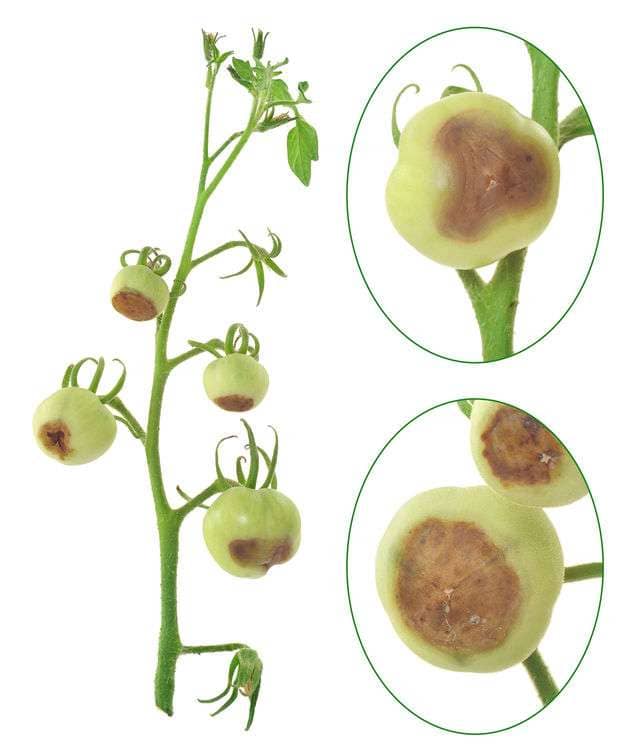
Symptoms of BER
Have you ever noticed how just about every single online article you read about BER says that the main symptom of the disorder is a “water-soaked spot at the blossom end?”
What does that mean? What’s a “water-soaked spot?” None of them explain.
The main symptom of blossom end rot is an ugly, typically dark brown or black rotten-looking spot (that starts out light brown) at the blossom end (the end opposite the stem) of the tomato (or pepper or whatever). See the above photo.
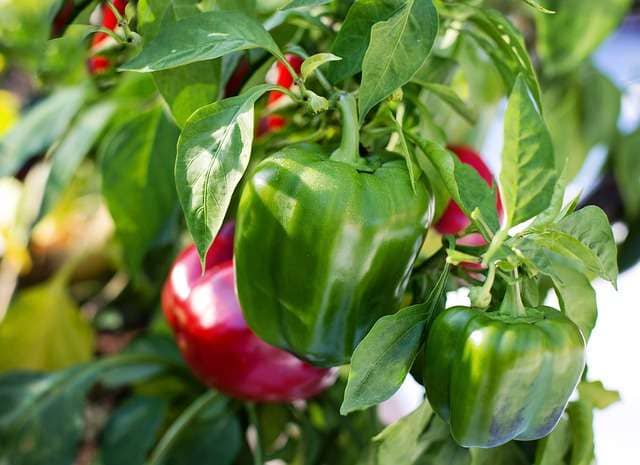
What causes blossom end rot?
The primary cause of blossom end rot is inconsistent moisture in the soil.
Surprised?
I’m willing to wager that you think a lack of calcium in the soil causes the disorder. Am I right?
It’s close, but not accurate. The soil could be full of calcium and your crop may still succumb to blossom end rot, and here’s why:
Tomatoes, peppers, watermelons and certain other melons require a consistent supply of water to transport calcium and other nutrients to the fruit, to help it develop properly.
When water is lacking, even for a short amount of time, the plant goes into self-preservation mode and moves any available water to the leaves. Thus, the developing fruit is robbed of nutrients, most especially calcium.
Is there a cure for blossom end rot?
If you tested your soil at planting and it had sufficient levels of calcium then no, adding calcium in any form will not help cure blossom end rot (we’ll get into this more in a minute).
By the way, many extension offices offer soil testing for no or minimal costs. Find your county’s extension office contact information here.
Since you (and me, unfortunately) are usually the problem, and not the soil, the “cure” begins with us.
Don’t plant your seeds or starts in cold soil
Yes, we’re all chomping at the bit to get started with spring planting, but putting the babies in cold soil sets them up to develop blossom end rot. This is because cold, heavy soils interfere with proper root development. Poor root systems are unable to deliver the required amounts of water and, thus, nutrients to the plants. And, as we explained earlier, water is the mover of just about all the things the plant needs.
This is because cold, heavy soils interfere with proper root development. Poor root systems are unable to deliver the required amounts of water and, thus, nutrients to the plants. And, as we explained earlier, water is the mover of just about all the things the plant needs.
Then, as your plants grow, never let the soil dry out, even for a short period of time. The soil should remain consistently moist at all times (think of the moisture content of a well-wrung sponge and that’s what the soil should feel like).
Adding a thick layer of mulch over the soil will help insulate it from the heat and retain moisture. Check the link in the Supplies list at the top of this post.
As the summer sun begins beating down ever hotter, consider shading your plants during the hottest part of the day (50 percent shade cloth is ideal in most areas).
Should I remove the plant to keep blossom end rot from spreading?
This is a physiological disorder, not a contagious disease so don’t worry about it spreading to your other plants. You can even cut off the rotten part of the tomato and be perfectly safe eating the rest of it.
Will the rest of my crop suffer from the disorder?
We recently watched a YouTube video that recommended that you pull out the plant with blossom-end-rotted fruit because, as the amateur gardener claims, “it’s so hard to get rid of” that the rest of your crop will most likely suffer from the disorder.
Not necessarily. If you can mend your bad watering ways the rest of the crop may be just fine. Leave the plant where it is, water consistently and, down the line, you may have a gorgeous crop.
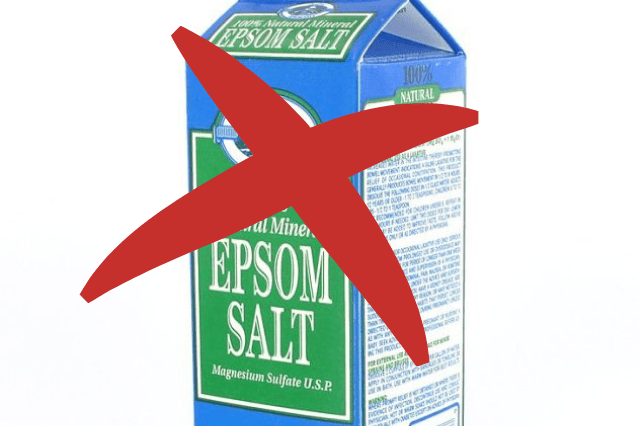
What doesn’t work for blossom end rot
Remember, the soil’s calcium content is generally not the culprit. Despite this, we’ve seen advice online that ranges from adding liquid calcium, garden lime to crushed Tums, eggshells and Epsom salts. None of these will work.
Remember, your soil most likely has sufficient calcium so all the liquid calcium and gardening lime in the world won’t help.
And Epsom salts impedes the plant’s ability to absorb calcium. If you use it, plan on all of your fruit succumbing to blossom end rot.
Finally, one YouTube gardener says to spray the plant’s foliage with fish fertilizer. Yes, fish emulsion contains calcium, but it also contains magnesium and, as mentioned, magnesium impedes calcium absorption. That’s the first problem.
Then, according to Dr. Linda Chalker Scott, “materials applied to the leaf do not necessarily travel throughout the entire plant as effectively as they do through root uptake.”
Especially, she says, “those elements recognized as ‘immobile’ within plant tissues.”
Guess what?
Calcium is one of the elements that is immobile within plant tissues. You’ll find a list of others online at the Michigan State University website. So, what happens when you spray fish emulsion on your tomato or pepper plants is that the calcium remains pretty much where it lands — or close by.
Yes, fertilizer is important in dealing with blossom end rot. At planting, use one that is low in nitrogen, but high in phosphate, such as 10-30-20. Follow the package instructions carefully to avoid burning the plants’ roots.
Need more help with your tomatoes? Find out why your tomato plant leaves are turning brown and curling.
